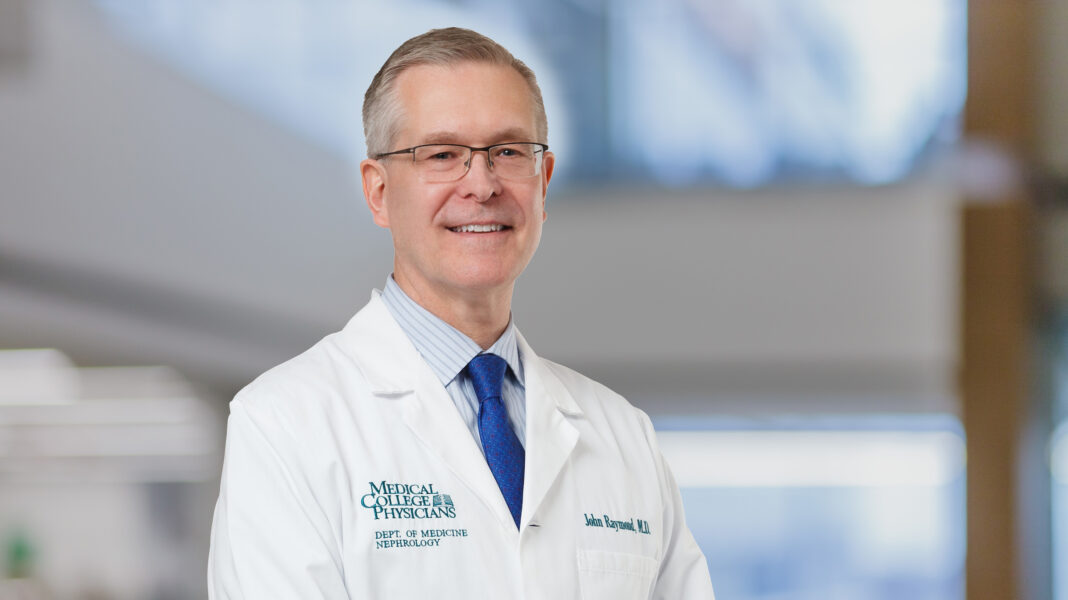By Lauren Anderson -Jul 8, 2020 1:01 pm
Wisconsin is losing ground in the fight against COVID-19, said Dr. John Raymond Sr., president and chief executive officer of Medical College of Wisconsin.
This week the state has the highest reproductive number in the country (1.39) – a key indicator of the transmissibility of the coronavirus.
Wisconsin’s reproductive number has been over 1 – meaning each existing infection causes more than one new infection – for 19 consecutive days. The state previously saw a 16-day stretch during which the rate was under 1.
Wisconsin had 32,556 confirmed cases of COVID-19 as of Wednesday.
“Cases are rising faster than the numbers of tests reported. In fact, we had almost 17,000 new cases in Wisconsin since Memorial Day,” Raymond said. “And our reproductive number, which is a measure of the contagiousness of the disease … has risen.”
A combination of factors – including multiple holidays, warm weather, the overturning of state and municipal stay-at-home orders, the opening of bars, and protests – has likely contributed to the uptick, Raymond said.
“People have relaxed their diligence very significantly over the last month,” he said. “And I think we need to … take a look at what’s happening in states that had the beginning of their surge of new cases a month ago. I would look at some states like Texas, Florida and Arizona and their major municipalities, in particular Houston, Miami and Phoenix. All (of those places) were actually doing pretty well back in May, and are not doing well now.”
If people continue to relax their physical distancing and masking practices, the state can expect to see its hospitals begin filling up in four to six weeks, as they have in other states, Raymond said.
While younger people – a group that is less likely to experience severe symptoms or require hospitalization – are driving many of the new cases in recent weeks, asymptomatic or less symptomatic patients still could cause spread to their more vulnerable co-workers, friends and family members, he said.
“We might not see that increase until early to late August,” Raymond said.
While people are experiencing “lockdown fatigue,” physical distancing, wearing a mask outside the home and hand washing remain the best lines of defense against COVID-19, he said. The city of Milwaukee is considering a city-wide masking policy that would require people to wear a face covering in public places.
“Masking works,” Raymond said. “We should all be doing it, whether it’s voluntary or mandatory. It’s just the right thing to do. If we care about our neighbors, if we care about our family and our loved ones and our communities, everybody should be wearing masks when they leave home.”
Several “relatively well-validated” vaccines could be available as soon as the end of the year, but there will likely be challenges in deploying them.
“If we do get a vaccine, I think that there will be some legitimate concerns about safety and many people who normally would agree to take, say, an influenza vaccine won’t agree to take it,” he said. “There will be ethical issues about whether we can make the vaccine available for children or not, at least for the first phase. And you’re already seeing a very significant ramp-up of the anti-vaccination organizations. That will also come into play.”
To achieve herd immunity for COVID-19, about 70% of population would need to be immune.




